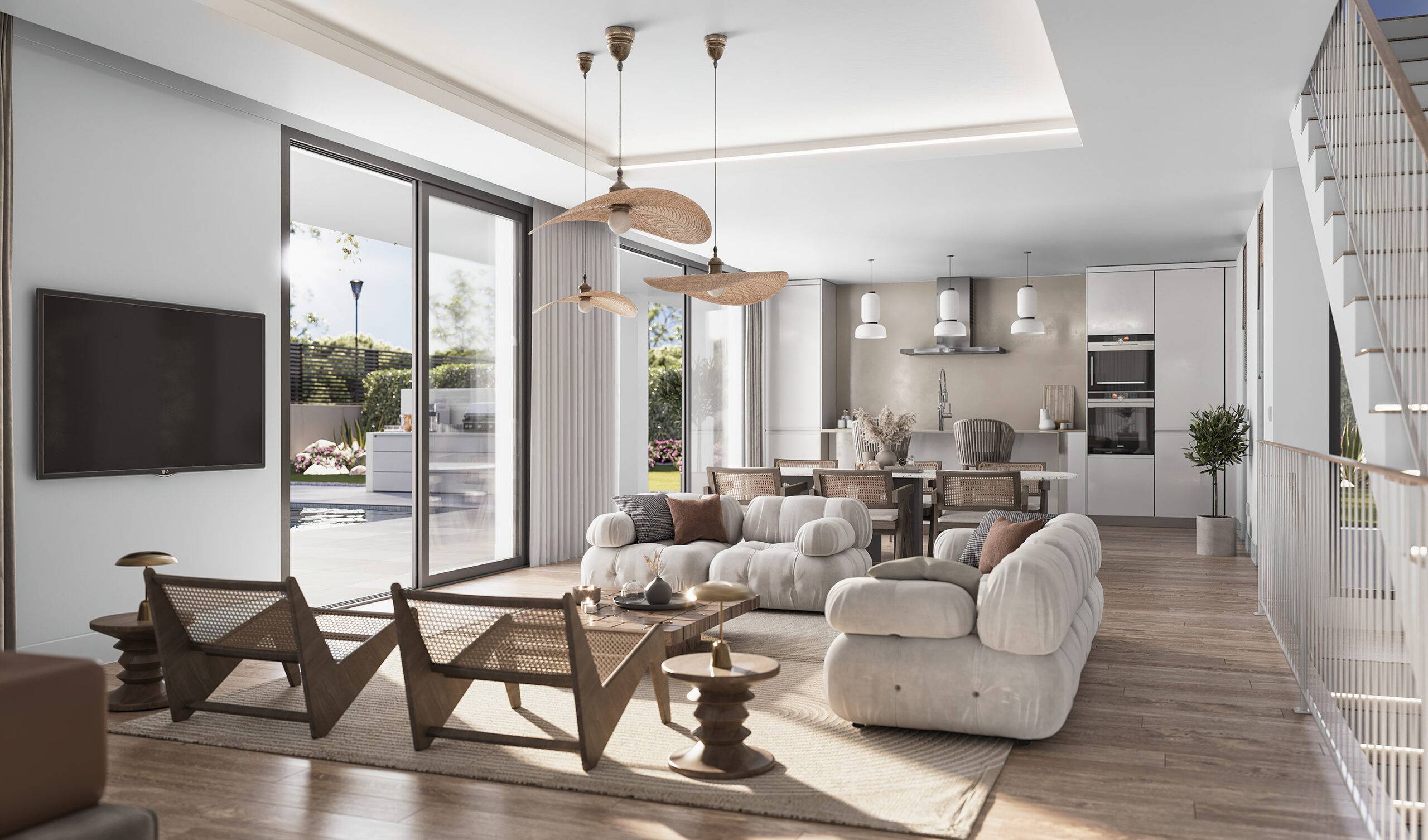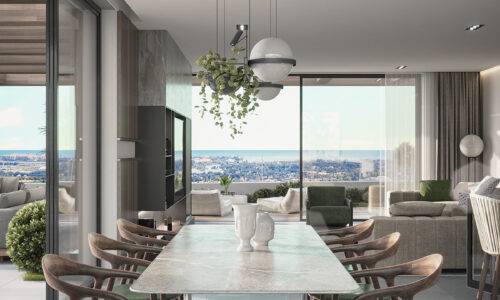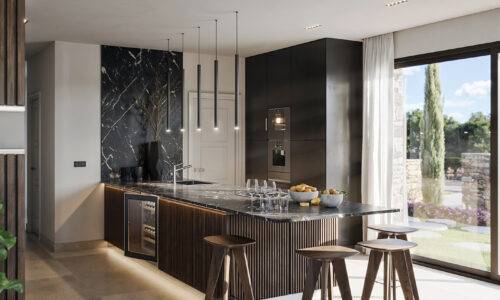Technical Challenges: Power and Complexity
One of the primary technical challenges when using 3D animation, rendering, and VR lies in the demand for processing power. Creating high-quality 3D visualisations requires a significant amount of computational resources, which can be costly, especially for studios or independent projects with limited resources.
Additionally, the complexity of the software used for these visualisations can be overwhelming. The learning curve can be steep, requiring a considerable investment of time and effort to master the necessary tools to produce quality results.
Creative Challenges: Appeal and Realism
From a creative standpoint, the challenge lies in the ability to create visually appealing and engaging experiences for the audience. In a field where competition is fierce, originality and innovation are key to standing out. Understanding design and storytelling principles becomes imperative to effectively convey the vision behind each project.
Furthermore, finding the right balance between reality and fantasy is essential. While accuracy and realism are important in visualisations for architecture, interior design, and real estate projects, maintaining an element of surprise and emotion is also crucial to captivate the audience.
Performance Considerations: Fluidity and Responsiveness
In the specific case of VR experiences, the challenge focuses on performance. VR visualisations must be carefully designed to ensure a smooth and responsive experience, even on less powerful hardware. This may involve making concessions in visual quality or simplifying the complexity of scenes without compromising the integrity of the project.
Read this article: Maximise the Impact of Your Projects with 3D Renders in Málaga
Despite these challenges, 3D animation, rendering, and VR remain powerful tools in the arsenal of any three-dimensional visualisation professional. Those capable of overcoming these technical and creative obstacles can create works that are not only innovative but also commercially successful.
In the fascinating world of three-dimensional visualisations for architecture, interior design, and real estate projects, challenges are inevitable but not insurmountable. With perseverance, skill, and a methodical approach, it is possible to create visual experiences that captivate and delight the audience, thus setting new standards of excellence in this exciting field of visual technology.




